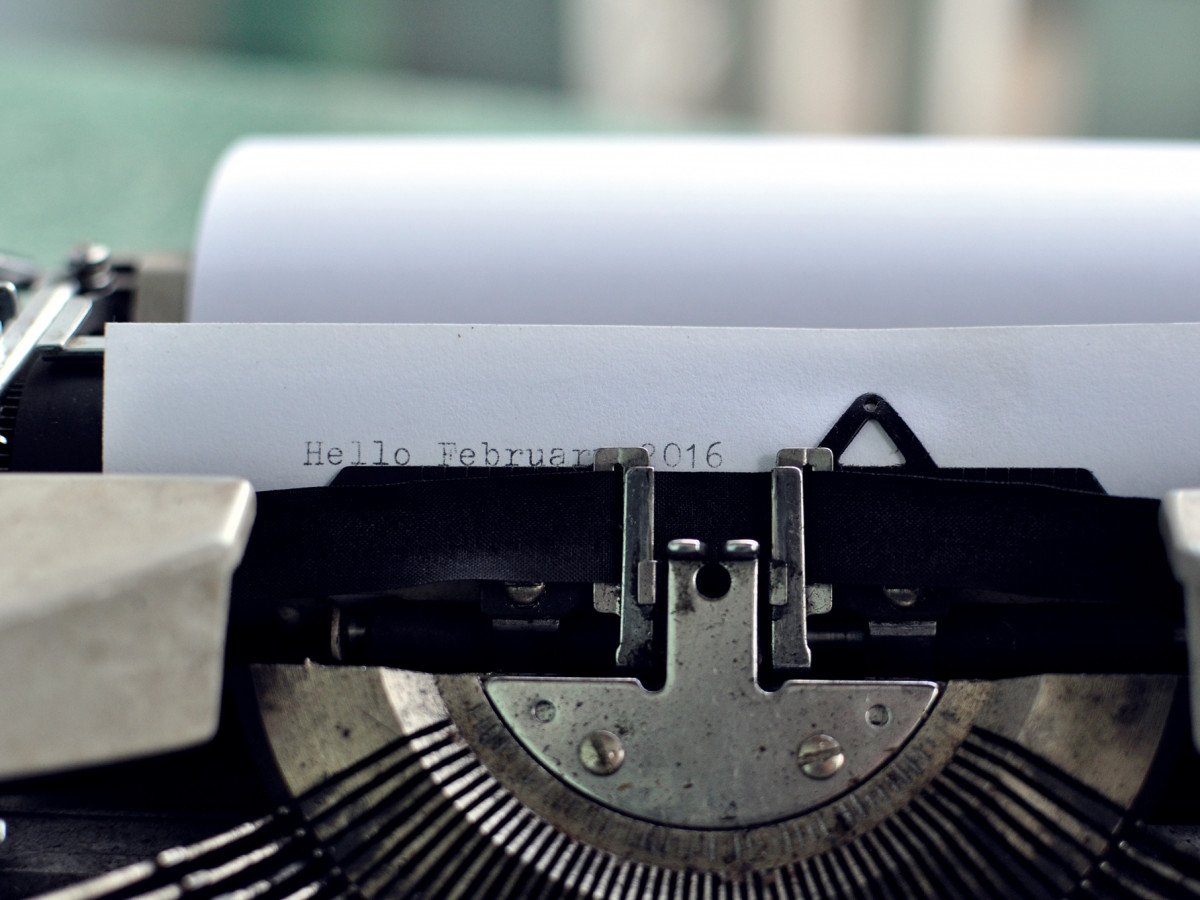
Daily Rituals of Creative People
John Stanley19 Sep 16
Here at Mindiply, we are developing tools to help you and your team come up with better ideas - because better ideas can change everything.
A couple of years ago, author Mason Currey took an extensive look at how writers, artists and journalists fired the creative engines. He focussed particularly on people who have to perform creatively and come up with ideas every single day. The results were fascinating, often featuring precisely timed walks and immense quantities of coffee. It's clear that careful daily ritual plays a big role in allowing the mind to develop ideas, at least for some of the most creative minds of the last couple of centuries.
Here are a handful of Currey's more interesting subjects:
1. Father of evolution theory Charles Darwin stuck to a rigid routine later in life, even if he had visitors:
"7 a.m. Rose and took a short walk.
7:45 a.m. Breakfast alone
8–9:30 a.m. Worked in his study; he considered this his best working time.
9:30–10:30 a.m. Went to drawing-room and read his letters, followed by reading aloud of family letters.
10:30 a.m.– 12 or 12:15 p.m. Returned to study, which period he considered the end of his working day.
12 noon Walk, starting with visit to greenhouse, then round the sandwalk, the number of times depending on his health, usually alone or with a dog.
12:45 p.m. Lunch with whole family, which was his main meal of the day. After lunch read The Times and answered his letters.
3 p.m. Rested in his bedroom on the sofa and smoked a cigarette, listened to a novel or other light literature read by ED [Emma Darwin, his wife].
4 p.m. Walked, usually round sandwalk, sometimes farther afield and sometimes in company.
4:30–5:30 p.m. Worked in study, clearing up matters of the day.
6 p.m. Rested again in bedroom with ED reading aloud.
7.30 p.m. Light high tea while the family dined. In late years never stayed in the dining room with the men, but retired to the drawing-room with the ladies. If no guests were present, he played two games of backgammon with ED, usually followed by reading to himself, then ED played the piano, followed by reading aloud.
10 p.m. Left the drawing-room and usually in bed by 10:30, but slept badly.
Even when guests were present, half an hour of conversation at a time was all that he could stand, because it exhausted him."
2. Artist **Gerhard Richter ** sticks to a strict routine:
"...waking at 6:15 every morning. He makes breakfast for his family, takes Ella to school at 7:20 and is in the studio by 8. At 1 o'clock, he crosses the garden from the studio back to the house. The grass in the garden is uncut. Richter proudly points this out, to show that even it is a matter of his choosing, not by chance. At 1 o'clock, he eats lunch in the dining room, alone. A housekeeper lays out the same meal for him each day: yogurt, tomatoes, bread, olive oil and chamomile tea.
After lunch, Richter returns to his studio to work into the evening. ''I have always been structured,'' he explains. ''What has changed is the proportions. Now it is eight hours of paperwork and one of painting.'' He claims to waste time -- on the house, the garden -- although this is hard to believe. ''I go to the studio every day, but I don't paint every day. I love playing with my architectural models. I love making plans. I could spend my life arranging things. Weeks go by, and I don't paint until finally I can't stand it any longer. I get fed up. I almost don't want to talk about it, because I don't want to become self-conscious about it, but perhaps I create these little crises as a kind of a secret strategy to push myself. It is a danger to wait around for an idea to occur to you. You have to find the idea.'' As he talks, I notice a single drop of paint on the floor beneath one of his abstract pictures, the only thing out of place in the studio."
3. Artist Chris Ofili uses watercolours both as stimulus and a compass:
"He arrives in his studio at 9 or 10 in the morning, he explained. He sets aside a corner for watercolors and drawings "away from center stage," meaning where he paints his big, collaged oil paintings. "I consider that corner of the studio to be my comfort zone," he said. First, he tears a large sheet of paper, always the same size, into eight pieces, all about 6 by 9 inches. Then he loosens up with some pencil marks, "nothing statements, which have no function."
"They're not a guide," he went on, they're just a way to say something and nothing with a physical mark that is nothing except a start."
Watercolor goes on top. He estimated that each head takes 5 to 15 minutes. Occasionally he'll paint while on the phone. He may finish one watercolor or 10 in the course of a day.
"There have been days I have not made them," he added. "Sometimes it felt absolutely necessary to do pencil drawings instead. It was cleansing. There's a beautiful sound that pencil makes when it's scratching on paper. Very soothing. Watercolor is like waving a conductor's baton. It's very quick. I almost don't even have to think."
"Sometimes," he added, "I will return to the watercolors in the evening. And that's a completely different atmosphere. If things haven't gone well during the day, I can calm down. The big paintings are like a performance -- me looking at me. It's self-conscious. There's a lot of getting up close to the canvas, then stepping back, reflecting on decisions, thinking about gestures. I try to take on all sorts of issues and ideas. So my mind is busy. With watercolor, it's just about the colors and the faces. They're free to go any way they want to go. I may tell myself, 'This will be the last one I do.' Then I'll do another. That's liberating."
For more daily routines you could read the book Daily Rituals by Mason Currey, or have a look at the blog that inspired the book here.
Need some help with ideas in a team? Try our product Neonce, today, for free, right here: neonce.com








